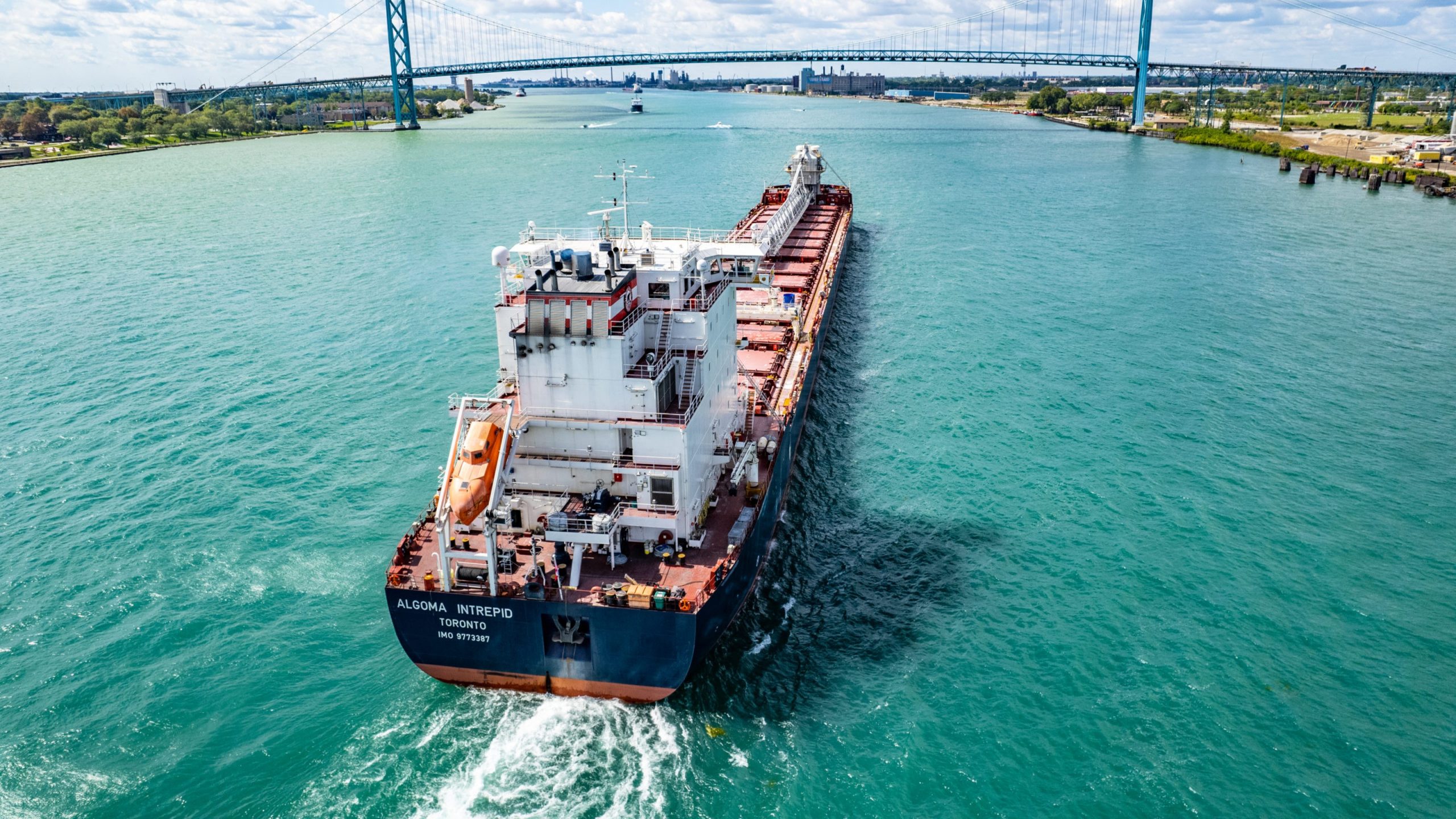Green corridors are specific trade routes between major port hubs that prioritize and demonstrate zero-emission solutions in shipping, aiming to advance decarbonization efforts. The concept envisions collaboration among stakeholders to coordinate green fuel infrastructure and vessels, creating an enabling ecosystem through targeted regulations, financial incentives, and safety measures.
These initiatives should bear in mind the importance of shared objectives, vision, and understanding among stakeholders, highlighting the need to avoid getting too focused on definitions and specific targets at the early stages. Instead, green corridors should be seen as an area for innovation and testing and, therefore, means to push forward the coordinated development of new infrastructure and technologies.
Ports are acknowledged as crucial initiators and facilitators of green corridor initiatives. However, ports cannot tackle the challenges alone; coordinated decisions involving fuel and cargo stakeholders are necessary for impactful results. These corridors should focus on specific traffic routes and fuel types to simplify the challenge and maximize investments. Additionally, government involvement is essential, as they can provide an innovation framework, support feasibility studies, and require data sharing to unlock progress.
To sum up, there are currently no operational green corridors, approximately 20 initiatives worldwide are in progress. Nevertheless, it is expected that not all initiatives will succeed, but failures should be seen as necessary steps for progress and innovation in the pursuit of decarbonization.
“See green corridors as an arena for innovation, embracing learning by doing.”
The main inputs and contributions are:
- Green corridors outstand as potential drivers for zero-carbon maritime transport, boosting cross-border collaboration to coordinate infrastructure and vessels. In which, regulations and incentives to lower the production costs of green fuels could speed up progress.
- Even though, at an early-stage examples across the globe involve key stakeholders, this type of initiatives could have traction to gather the required relevant actors in the supply chain.
- In this regard, ports regardless their size, have step forward as initiators, and despite the fact that this role can enable collaboration and work to be developed, it should be noted that the main goal in the horizon is to deploy zero emission fuels.
- Establishing green corridors demand in first place stakeholders to be defined, which will bring the shared objectives and vision of the corridor. And what’s most important: to focus on a particular traffic segment and fuel. Nevertheless, this objectives’ approach has proven its difficulties and, therefore, an alternative pathway should be considering it as a field for innovation, experience and testing, which will eventually design the future timelines and targets.
- Emissions’ reduction should be noted as ambitious targets, but as a part of meaningful impact given mainly by the investments in place, understood by the infrastructure developed and the sustainable vessels added. Otherwise, the ultimate goals could be distracted.
- Undoubtedly, this brand-new maritime initiatives need to be tucked in by sharing experiences and learnings, due to commercial sensitive information of their performances: costs, efficiencies, etc. To enable data sharing, in a reluctant sector, governments and policy makers involvement is needed.
- Global Maritime Forum has some public suggestions on aspects to bear in mind when establishing a green corridor, which can generally be replicated from corridor to corridor. Including stakeholder’s engagement guidance, steps to undertake feasibility studies or roadmap definition.
- Some smaller ports are focusing on taking green corridor initiatives on ferry and regional routes. These ports could have potential impact to allow important breakthroughs, and benefit too from the risk taken by larger ones, for example, by deploying proven tools and technologies.
- Governments and Global Authorities play a very important role in this regard. They must support the processes in terms of costing, efficiency and performance in terms of financial support and incentives. For instance, the British government has promoted a British green corridors program, in which funds have been committed for feasibility studies.
- Currently, there are no green corridors in true operation today, of around 20 initiatives all over the globe, and there won’t be for at least another year. These collaborations are based, nowadays, on a total of 113 stakeholders: 22% Port Authorities, 21% Vessel owners/operators, 20% research and third sectors, 13% governments and regulators or 5% fuel producers.
“The whole purpose of a green corrdior is not to reduce a huge amount of emissions, it’s to push forward the coordinated develeopment of new infrastructure.”




Deja una respuesta